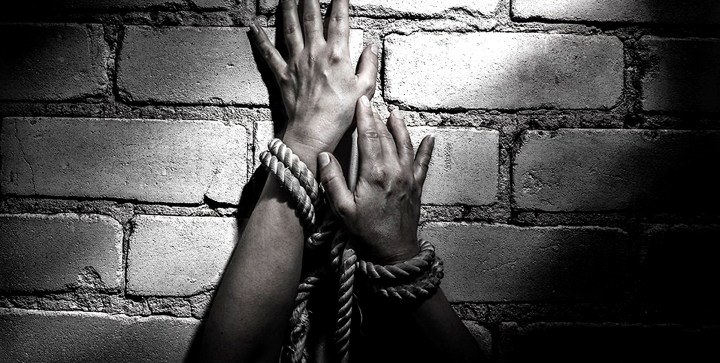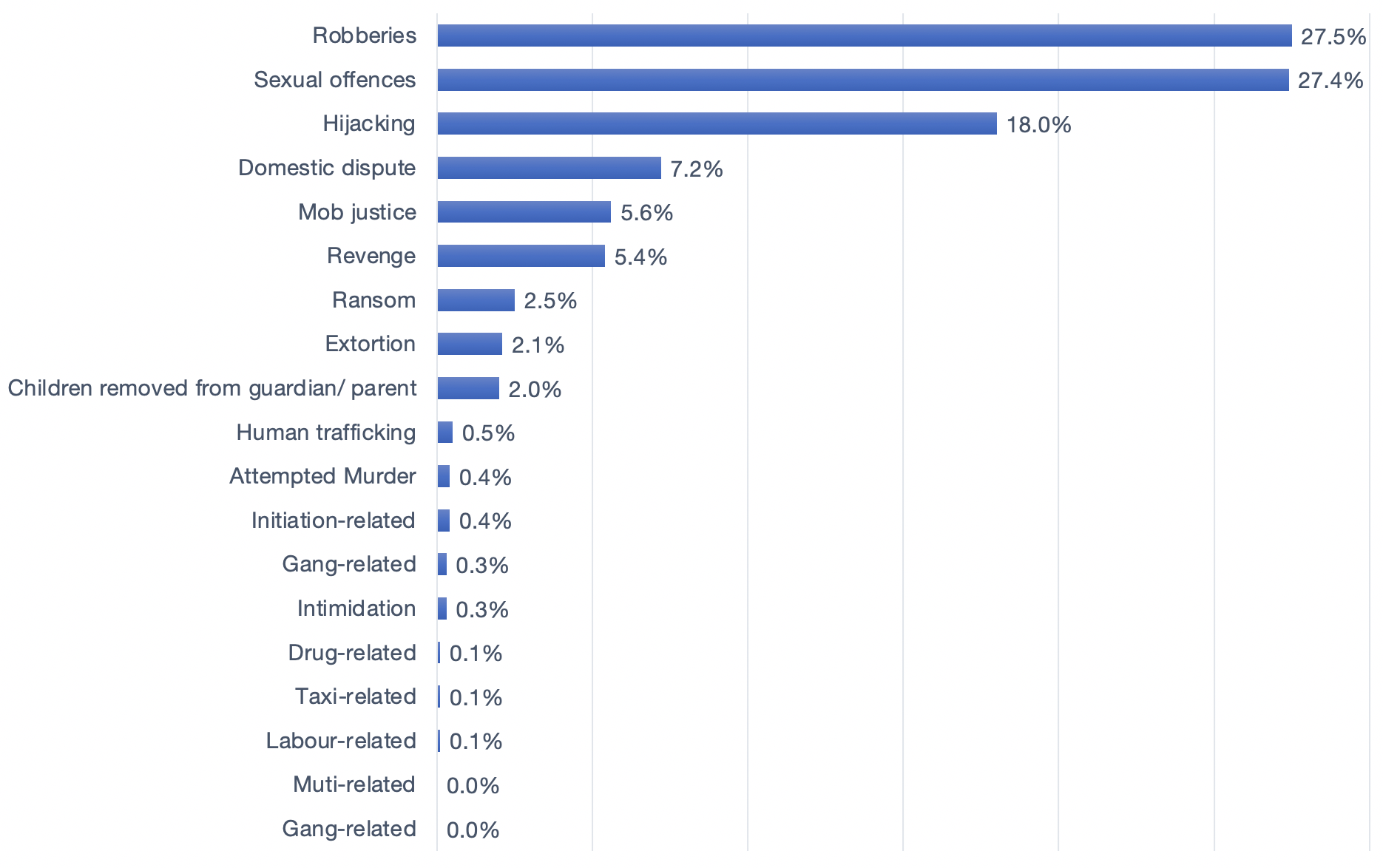ISS TODAY
Kidnapping in South Africa: rely on data not social media

Statistics on the motives for kidnapping and who is most at risk are both surprising and concerning.
First published by ISS Today
Few crimes strike fear into South Africans as much as the kidnapping of children. Video images of young children being grabbed by strangers feed into these concerns. Recently, social media has been flooded by alleged kidnapping incidents.
The number of social media posts was so overwhelming that the Gauteng police “noted with concern the continued peddling of fake news relating to human trafficking and/or kidnapping of women and children, and are cautioning the public against the incessant promotion and distribution of such malicious untruths.”
Police found that many reports were unsubstantiated, or were old cases being reposted.
The question remains: what risk do women and children face?
In South African law, kidnapping is regarded as the unlawful and intentional deprivation of a person’s freedom of movement or, if such a person is a child, the unlawful intentional deprivation of a parent of control over the child.
This should not be confused with abduction.
In South Africa, abduction is the unlawful and intentional removal of an unmarried minor from the control of his or her parents or guardian in order to enable someone to marry him or her or to have sexual intercourse with him or her. This is a crime against the legal guardian and not the minor, irrespective of consent provided.
The recently released South African Police Service (SAPS) crime statistics for the period 1 April 2019 to 31 March 2020 provide some insight into the nature and extent of kidnapping.
The figures highlight a substantial 133% increase in reported cases since 2010/2011 – up from 2,839 that year to 6,632 in 2019/20.
The growth in the past year alone was 16% nationally, with 930 more cases recorded compared to the previous year.
While an escalation occurred across all provinces, the increases of 78% in the Free State and 37% in KwaZulu-Natal are especially concerning.
As with most crime, the risk is not spread evenly. One third of kidnappings occurred in Gauteng and 21.5% in KwaZulu-Natal, which are the country’s most populous provinces.
The remaining 45% is fairly proportionately distributed across the other provinces. Most importantly, half of all kidnappings are recorded in only 9% of police station areas.
In 2018/19, 463 abduction cases were recorded by the SAPS. The figure was not released for the 2019/20 financial year and no further details are available.
Kidnappings occur for various reasons. The SAPS crime registrar’s office researches the circumstances behind kidnappings based on a random sample of dockets from different provinces.
When the case file includes sufficient information, analysis of the incidents is undertaken. For 2019/2020, a sample of 3,024 dockets were selected where a motive was clear.
Figure 1: Causal factors of kidnapping
The police provided no examples of the cases analysed in Figure 1.
Kidnapping for ransom and extortion (combined) contributed less than 5% of the sample. More than a quarter (27%) involved kidnapping with the intention to commit a sexual offence. This is a large and worrying proportion.
While the SAPS data shows that 45% of the total number of sexual offence complaints investigated are against children, there is no indication of the proportion that also involved kidnapping.
The available data indicates that young children are most likely to be kidnapped by a legal guardian during custody disputes. Cases also occur when one guardian fails to ask permission to take a child from the other guardian.
The police publish information on active missing cases. Some date back to 2014. It is uncertain how up to date or complete the list is, but it seems that of the more than 1,033 cases listed, 83% were adults (over 18), 13% were between 10 and 18 years and 3.5% were under 10 years.
The single biggest cause of kidnapping (46%) is related to armed robberies (including hijackings).
Police analysis suggests that the likely victims are adults who are taken to ensure tracking devices aren’t activated or to access cash from the victim’s bank cards.
The 43% increase in aggravated robbery numbers since 2010/11 is a likely contributor to the 133% increase in kidnappings over the same period.
It is also significant that human trafficking motives were found in only 16 of the 3,024 kidnapping cases. However, trafficking in people is often dealt with under different legislation and not necessarily classified as kidnapping. The exact numbers in human trafficking are therefore difficult to quantify.
The data also indicates that the risk of children being kidnapped is relatively low. Yet it is important that children and guardians remain aware of the risks.
South Africans can also play their part by ensuring they only share accurate information by reputable missing persons platforms. The last thing a crime-weary public and the police need is to be inundated by false reports fuelling fear and panic.
However, the ever-increasing problem of robbery needs to be urgently addressed by police. Getting this right will reduce a significant proportion of kidnappings.
For a list of people reported missing in South Africa, see the SAPS website. To explore crime statistics for your area, including kidnappings, visit the Institute for Security Studies’ Crime Hub. DM
Lizette Lancaster, Crime Hub Manager, Justice and Violence Prevention, ISS Pretoria.


















 Become an Insider
Become an Insider
Comments - Please login in order to comment.